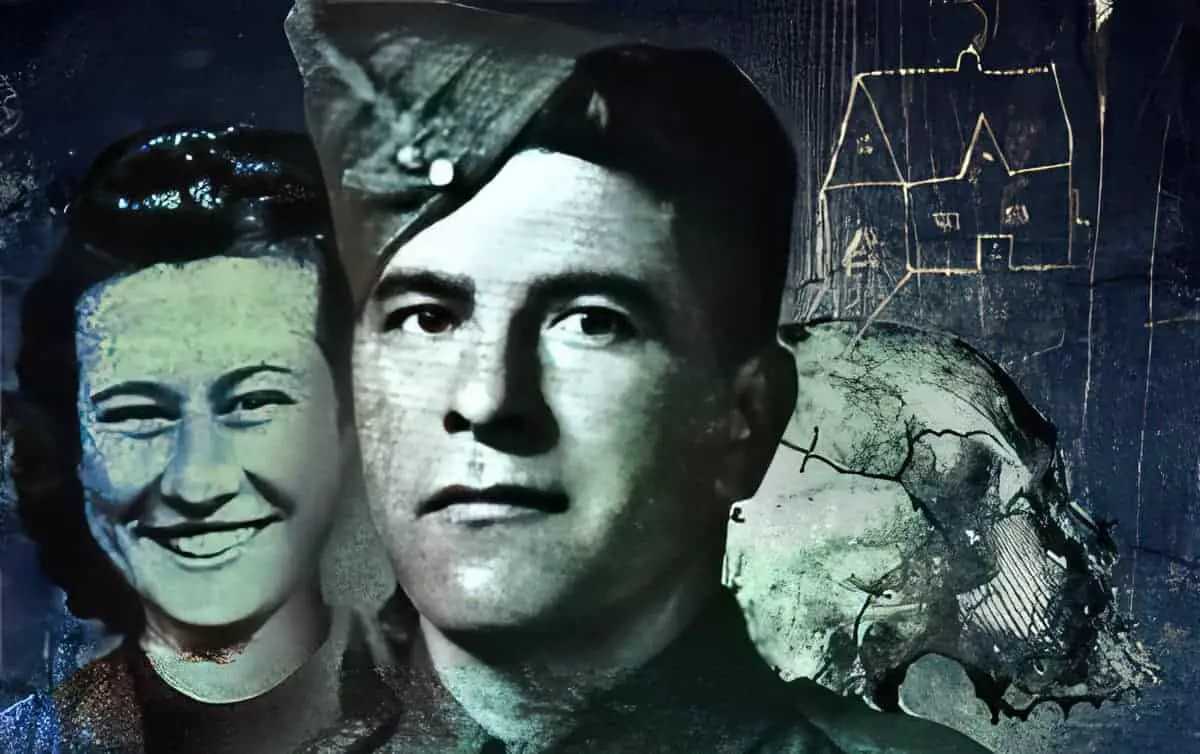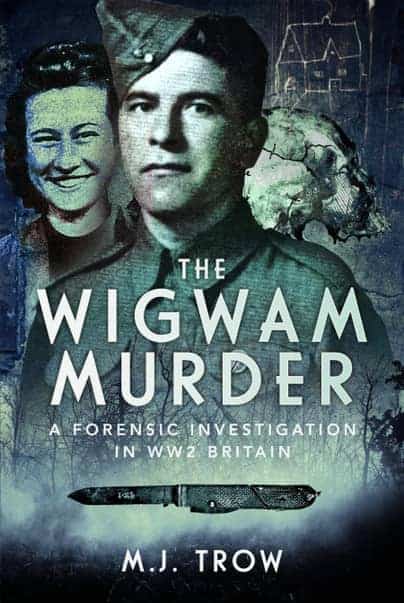In his latest release, “The Wigwam Murder”, Isle of Wight author, M J Trow, delves into a chilling forensic investigation from wartime Britain. This is the first full book devoted to the infamous Wigwam murder, providing a thorough exploration of a case that has intrigued historians and crime enthusiasts for decades.
For the first time, Trow utilises previously unseen Canadian files, offering a fresh perspective on this chilling episode. He also includes eye-witness testimony, painting a vivid picture of the case as it unfolded in real time.
Adding layers of depth to the story
Trow’s narrative gives us the full background of both the victim and the alleged killer, adding a layer of depth to the story that has been missing in previous accounts. In addition, the author provides a detailed description of the forensic science used in the case, showcasing the innovation of the time.
The murder occurred in the tranquil Surrey countryside near Godalming in 1942, a time when Britain was in the throes of World War II. The discovery of a corpse was unexpected, even in a landscape scarred by war, where tanks churned the soil in preparation for what would later be known as D-Day.
The murder victim
The victim was 19-year-old Joan Pearl Wolfe, a convent-educated girl who had, according to her mother, strayed from the path of righteousness. The Surrey police, strained by the demands of the war, enlisted the help of Scotland Yard. Superintendent Ted Greeno, a renowned detective of the era, took charge of the investigation.
Recognising the dress on the corpse as belonging to Joan, a local detective was able to identify the body. Joan had attracted a number of suitors during her time as a camp follower, but her latest paramour was the Metis Canadian, August Sangret.
Living in makeshift ‘wigwams’
Sangret had been living with Joan in makeshift shacks, or ‘wigwams’, in the woods near the camp. He was soon charged with her murder. Sangret’s lengthy statement to the police, spanning seventeen pages, marked a historic moment in the investigation.
Home Office pathologist, Keith Simpson, became the first to produce a human skull in court, a detail that further piqued public interest in the case.
Hanged in Wandsworth
The distinctive wounds inflicted on Joan, which matched Sangret’s knife, convinced the jury of his guilt.
Sangret was subsequently hanged by Albert Pierrepoint in Wandsworth gaol.
The case is far from settled
Yet, despite the forensic brilliance and meticulous police work, Trow suggests that the case is far from settled. He quotes the judge’s summation, reminding us that ‘there is no blood on this man’.
This comment, suggesting a lack of physical evidence linking Sangret to the crime, leaves the reader questioning whether justice was truly served.
About the author
M J Trow, a military historian by training, has authored almost 100 books spanning crime fiction, true crime and historical biography.
Known for his extensive lectures both in the UK and overseas, Trow has been a regular on the History and Discovery Channels.
Available from all good bookshops, or online through Pen And Sword.






